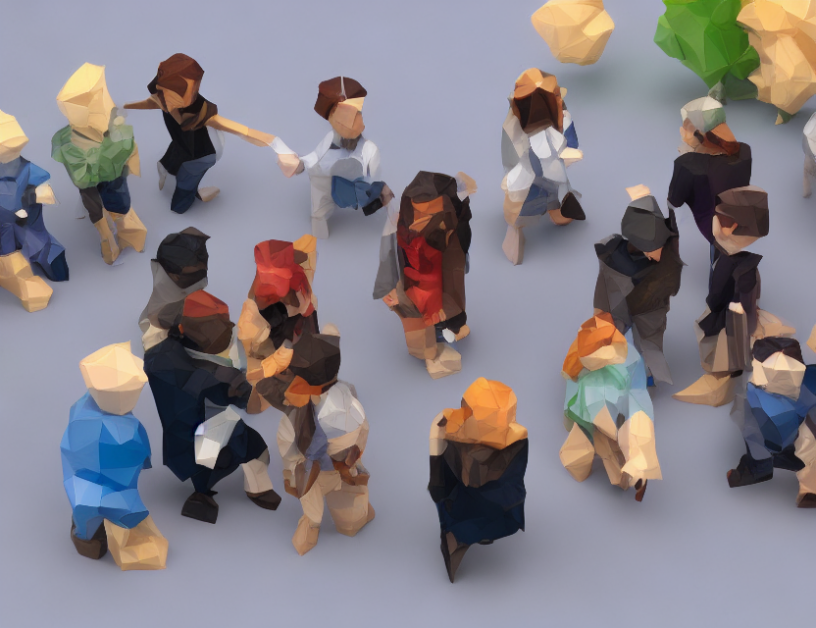Deep neural networks can learn to recognize images, but they also have a tendency to pick up unwanted signals that can lead to errors. To address this issue, researchers have proposed a new method called Targeted Activation Penalty (TAP). TAP adds a penalty to certain parts of the network that are prone to learning spurious signals, which are not useful for image recognition. By doing so, TAP helps the network learn more accurately and avoid errors.
The key insight behind TAP is that deep neural networks can be thought of as a web of connections between different layers. Just like how a spider weaves its web to catch prey, the network learns to connect certain layers together based on their relevance to the task at hand. However, sometimes this web can become tangled and include unnecessary connections, which can lead to errors. TAP helps the network untangle these connections by adding a penalty to the parts of the web that are not useful.
To understand how TAP works, let’s consider an example of a person trying to solve a puzzle. Imagine that each piece in the puzzle represents a small part of the image, and the person is trying to find the right pieces to fit together to solve the puzzle. Just like how the person might use different strategies to find the right pieces, the network uses different connections between layers to learn the correct representations of the images. However, sometimes the network might pick up irrelevant pieces by accident, which can make it harder to solve the puzzle. TAP helps the network avoid these irrelevant pieces by adding a penalty to them, so that they are less likely to be used in the final solution.
TAP has been shown to perform competitively and better than other existing methods on certain tasks, while requiring lower training times and memory usage. It also works well even when using noisy annotations generated by a teacher model pre-trained on as little as 1% of the target domain. These results suggest that TAP is a promising approach for improving the accuracy and efficiency of deep neural networks in image recognition tasks.
In summary, TAP is a new method that helps deep neural networks avoid learning spurious signals by adding a penalty to certain parts of the network. By doing so, TAP improves the accuracy and efficiency of the network, making it a promising approach for image recognition tasks.
Computer Science, Computer Vision and Pattern Recognition
Overcoming Bias in Captioning Models: A Novel Approach to Eliminate Gender Stereotypes



